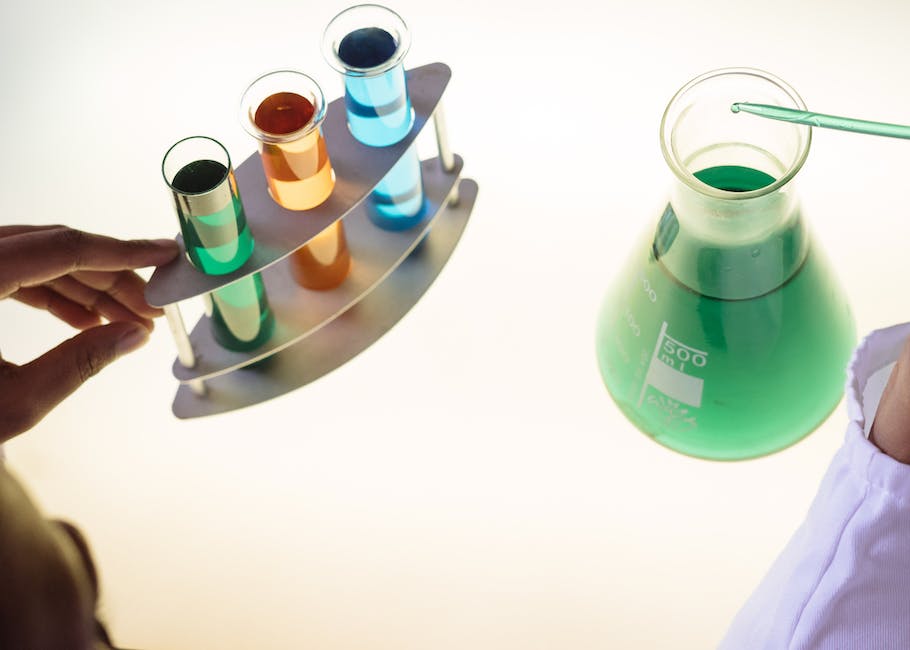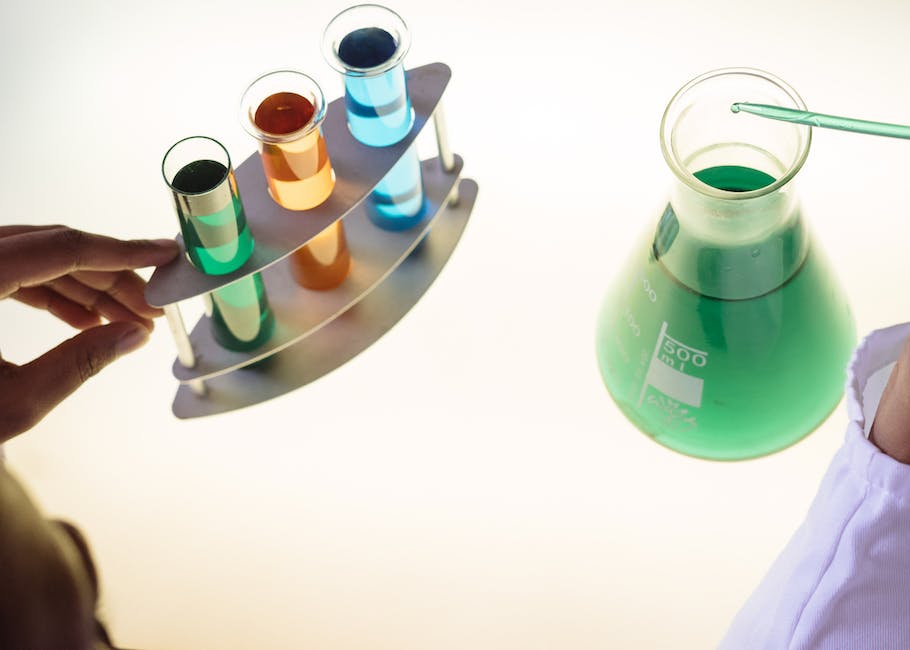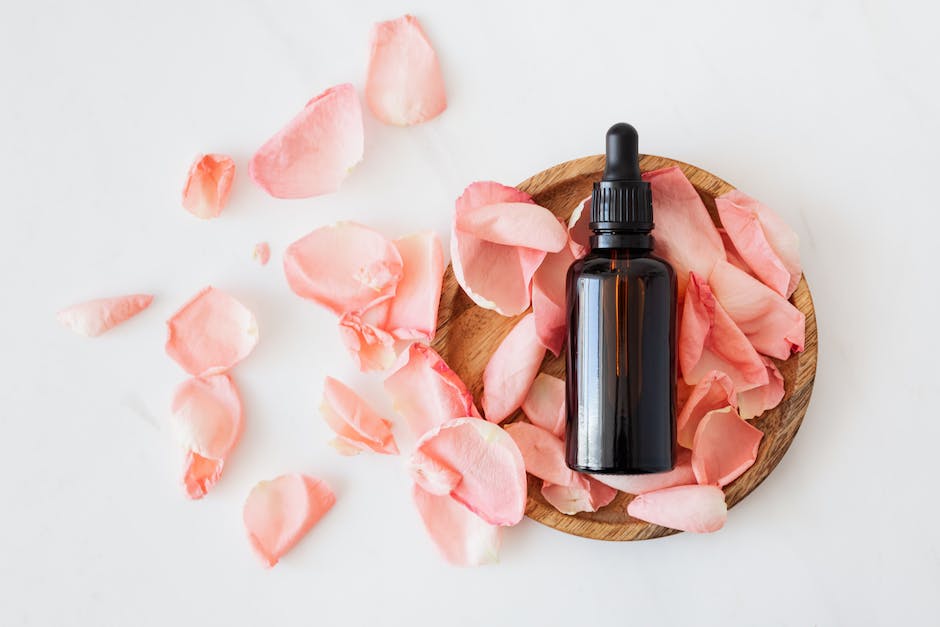Some cats don’t mind taking medicine in their food or applied directly to their skin, but others are less cooperative. If your cat is one of the latter, you may need to give them liquid medicine. The idea of having to hold down a squirming, protesting cat and force medicine into its mouth can be daunting, but with a little practice, it can be done relatively easily. Plus, your cat will thank you for it later when they’re feeling better!
There are a few different ways that you can give your cat liquid medicine. The first way is to mix the medicine with some water and syringe it directly into your cat’s mouth. Another way is to mix the medicine with some wet food and see if your cat will eat it.
How do you give a cat liquid medicine in a syringe?
There are a few things to keep in mind when giving liquid medicine to a cat in a syringe. First, gather your medication and position the cat so he’s facing away from you. Some very difficult cats might need to be wrapped in a towel to keep them from squirming. Second, gently insert the syringe at the side of his mouth and squirt the medication slowly into his mouth. Be careful not to squirt it too fast, as this can cause the cat to choke. Finally, keep a close eye on the cat after administration to make sure he doesn’t have any adverse reactions.
If you are giving your cat liquid medication, there are a few things to keep in mind. Firstly, they may choke or inhale it, so be careful. A syringe is often easier than a dropper for measuring and administering the medication. Use your dominant hand to hold the syringe, and support the cat’s head with your other hand. If your cat won’t swallow the liquid medication or they start foaming at the mouth, consider a pill form or trying to hide the liquid in food/treats.
What do you do when your cat won’t take medicine
There are a few things to keep in mind when hiding a pill inside food or a treat for your cat. First, make sure the pill is small enough to go unnoticed. Second, check to see if the pill has a bitter taste that your cat may be able to taste. If so, you may want to find a different way to give the pill to your cat.
The Paw Method is an easy way to give your pet medication. Simply mix the medication with peanut butter or another sticky food, and spread it on your pet’s paws. Your pet will then lick the medication off their paws, and receive the full dose. This method is great for pets who are resistant to taking medication, or for those who need a precise dose.
Can I put water in a syringe to give my cat?
It is important to ensure that fresh water is available at all times for your cat. Healthy cats that eat canned food often drink very little because the food contains a high proportion of water. If your cat stops eating, she will need to have additional fluids. Fluids can be administered by mouth using a syringe.
To give your cat a pill, start by gently tilting its head back so that its chin is facing upward. Then, hold the pill between your thumb and index finger, and place downward pressure with your middle finger on the front of your cat’s lower jaw. Combined with the upwards head tilt, this will cause your cat to open its mouth.
Why do cats salivate when you give them medicine?
If your cat tastes something bitter, such as oral medications, they may drool. The drool can be quite dramatic in this case. Try offering water or a treat after medicating your cat to help wash the bad taste out of their mouth.
If you’re having trouble getting your dog or cat to take medicine, you may have success if you hide the medicine in wet, strong-smelling food. Dogs and cats have much keener senses of smell than humans, so the smell of the medicine will be less noticeable in wet, stinky food. Plus, the extra moisture will make the medicine go down easier. Just be sure to give your pet the medicine-laced food right away, before they have a chance to sniff it and realize what’s going on.
How do I get my stubborn cat to take liquid medicine
The easiest way to give your cat liquid medication is to mix it into a small amount of canned food. You can either hand-feed your cat the medicated food, or mix it into a full bowl of food. If you mix it into a full bowl of food, make sure that your cat eats all of the medication.
If you are considering crushing or grinding your cat’s medication, always check with your vet first. Crushed medication can taste bitter, so your cat may not consume the full dosage. Administering medicine in this way can also be dangerous if not done properly.
Can you crush medicine for cats?
If you need to give your cat a pill but are having trouble getting them to take it, you can try crushing the pill and dissolving it in a small amount of liquid. This way, your cat won’t be able to taste the medicine and you’ll be able to deliver it more easily. Just be sure to use a syringe or eye dropper so that they don’t get too much liquid at once.
Cats generally do not like bitter-tasting drugs, however there are some notable exceptions. Flavors that cats respond well to include fish (eg, tuna, salmon, shrimp, whitefish, sardine), bacon, beef, and chicken. Dogs, on the other hand, seem to prefer meat, cheese, and sweet flavors.
How do you mask the taste of liquid medicine
There are a few things you can do to help your child take their medicine without too much trouble. If the medicine is a liquid, have your child drink a soda before and after taking it. This will help to mask the taste. You can also mix the medicine with chocolate syrup, which can also help to hide the taste. Finally, you can ask your pharmacy if they have special flavoring to add to liquid medicine to make it taste better.
When giving liquid medication or water to a cat using a syringe, ensure that the syringe is not aimed directly towards the back of the throat. Shooting the liquid down the throat may cause the cat to choke. Instead, aim the syringe towards a cheek, into the cheek pouch or across the tongue.
Can I force feed my cat with a syringe?
Use a baby food syringe to measure and deliver the food to the cat. Give 20cc per pound of bodyweight each day, delivered in small amounts.
If you are syringe feeding your cat water, it is important to make sure you are doing so correctly. The general rule of thumb is to give them two tablespoons per pound, per day. So, if your cat weighs four pounds, you would give them eight tablespoons of water each day.
How do I rehydrate my cat
If your cat is dehydrated, it is important to take action and seek veterinary care immediately. Some things you can do at home to help your cat rehydrate are: adding a small amount of chicken broth or tuna juice to their water, instead of dry food, try giving them wet food, and place some ice cubes in their water bowl. Remember, if your cat is showing signs of severe dehydration (such as sunken eyes, mucous membranes, or lethargy), it is important to seek professional medical care right away.
If you need to give your cat medication, it’s important to do it the right way to avoid injury. Here’s a simple three-step process for giving pills to your cat:
1. Place one hand over the cat’s head so that your thumb and index finger fall just behind the long canines (fang teeth), the cat’s head resting against your palm.
2. Gently tilt the cat’s head back so its nose is pointing upward.
3. Push your thumb toward your finger; the cat’s mouth will open.
Once the mouth is open, insert the pill as far back on the tongue as possible. Close the mouth and hold it closed for a few seconds until the cat swallows. Finally, give the cat a treat to reinforce the positive experience.
Can cats eat scrambled egg
Yes, cats can eat eggs! Fully cooked eggs are a great nutritional treat for cats. Eggs are packed with nutrients, like amino acids, which are the building blocks to protein, and they’re also highly digestible. Scrambled, boiled, however you choose to prepare them is fine.
Put your call in your mouth put a little bit of pressure on your latex And do exactly what I’m telling you to do and you’ll have the best time of your life
How do I put medicine under my cat’s tongue
If your cat is resistant to taking pills, here is a helpful tip. After finding a comfortable grip, tilt the cat’s head back. It will often drop its lower jaw open. Insert the pill at the end of the pilling device over the base of the tongue. If the cat doesn’t open its mouth, use the middle finger of the hand holding the pilling device to open the lower jaw.
If your pet starts coughing, panting, or having difficulty breathing, it may be aspirating. This is a serious condition where your pet is not getting enough oxygen. Later, your pet may develop a fever. Purple or blue gums are a sign of lack of oxygen. Seek medical attention for your pet right away.
How do you give a cat antibiotics with a syringe
This is a little easier I find to use because it’s got exact measurements on it and all you do is put your water in it. Then you put the coffee in, put the lid on and wait 3 minutes then hit brew. It’s seriously that easy and it makes a awesome cup of coffee. And it’s reusable which is great for the environment. Just make sure you get the right filter size.
There are a few different ways to hides pills in food for cats. You can hide it in canned food that’s part of a cat’s regular meals, you can use a commercial product such as Pill Pockets to contain the pills, or you can create a special meatball to hide the pill and give it as a special treat. If you decide to try meatball treats, be choosy about what you put in the meatball so that it is still healthy for your cat.
How do I get my cat to eat medicated food
If you’re needing to give your kitty medication, you can try mixing it into a small amount of their favorite canned food or other similar treat. Be sure to keep any other pets away from their bowl and keep an eye on them to make sure they eat everything (including the medication). Some cats may try to eat around a pill or spit it out, so just be mindful of that.
Nonfat plain yogurt is a safe and healthy snack for cats and dogs. Just check the nutrition label first to make sure it doesn’t contain a dangerous ingredient, like xylitol. Adding a daily probiotic to their regimen can also provide additional benefits.
Can you put liquid medicine in pill pockets for cats
Using a syringe or eye dropper, fill it with the liquid medication. Gently hold your cat’s head with the nose pointing up and squirt the liquid medication into the lip pouch or between the clenched teeth. Be sure to do this in a gentle but swift manner. With experience, this pilling procedure is typically successful for most cats.
It is important to mix medicine with a small amount of juice or sweetened water before giving it to your child. This is to ensure that your child gets the correct dosage of medicine. Do not put medicine in a full cup in case your child does not drink very much. Follow the instructions from your child’s doctor or health care provider.
Conclusion
The best way to give your cat liquid medication is by placing the prescribed amount into a small syringe or dropper. Gently hold your cat’s head up and insert the syringe or dropper into the side of their mouth, then release the liquid slowly. Alternatively, you can mix the liquid medication with a small amount of wet food to make it more palatable for your cat.
Once you have the medicine and the syringe, follow these steps:fill the syringe with the medicine, hold the cat close to your body so they feel comfortable and secure, and insert the syringe into the corner of the cat’s mouth. If the cat resists, wrapping them in a towel can help. depress the syringe plunger very slowly so they don’t gag, andOnce you have the medicine and the syringe, follow these steps: fill the syringe with the medicine, hold the cat close to your body so they feel comfortable and secure, and insert the syringe into the corner of the cat’s mouth. If the cat resists, wrapping them in a towel can help. depress the syringe plunger very slowly so they don’t gag, and remove the syringe once it’s empty. Wipe away any medicine that’s on the cat’s fur.






